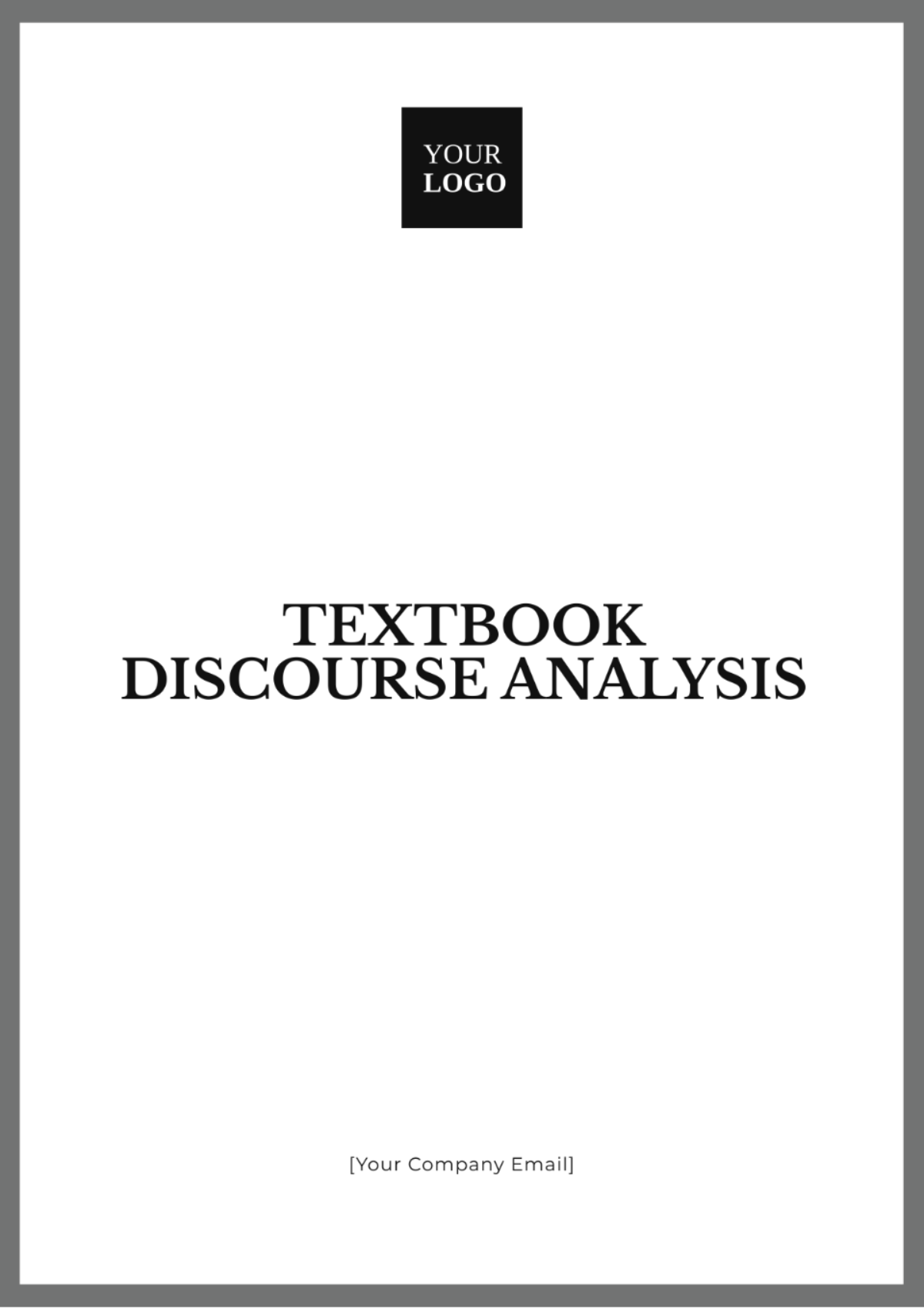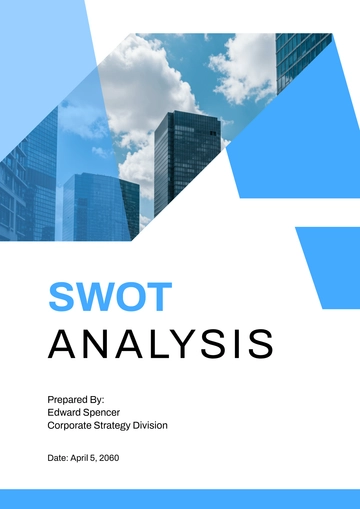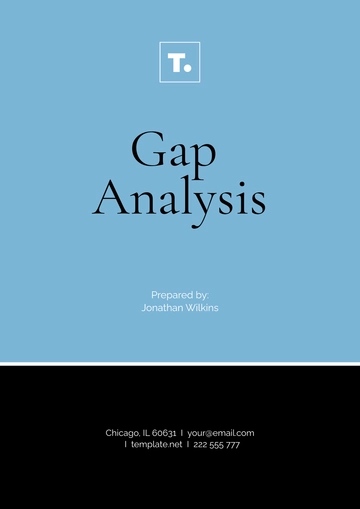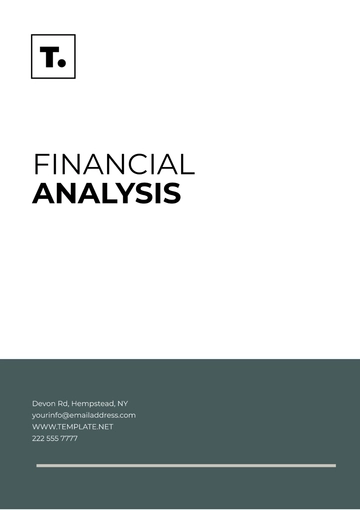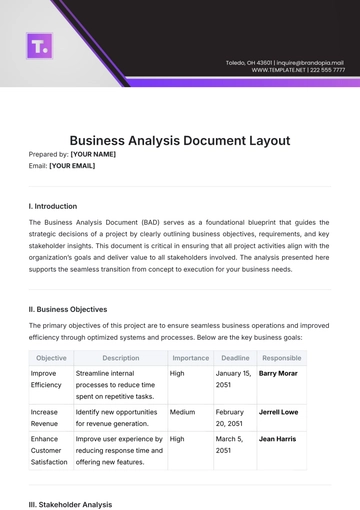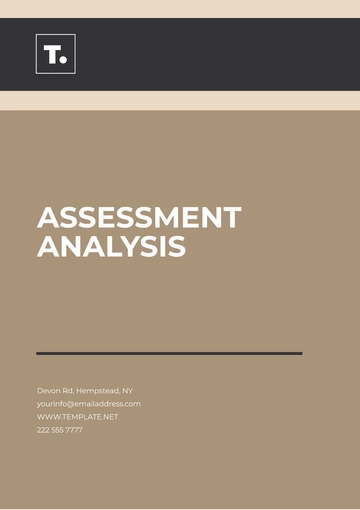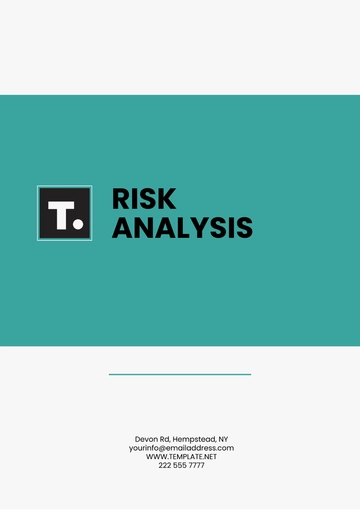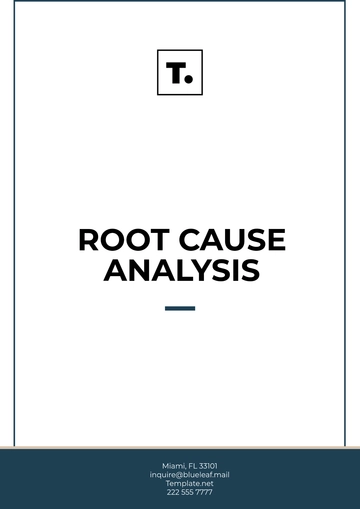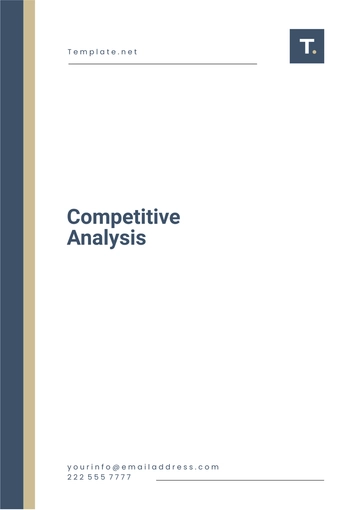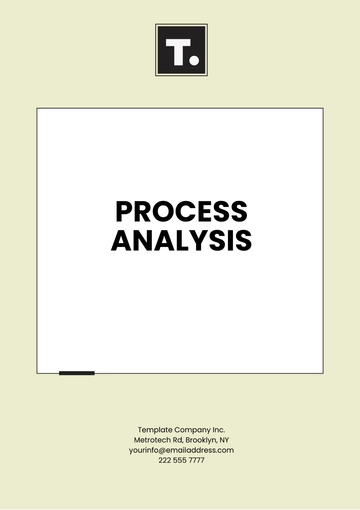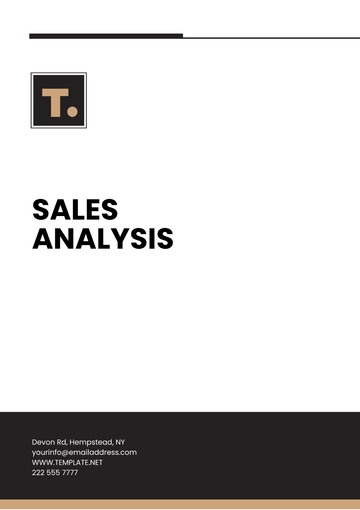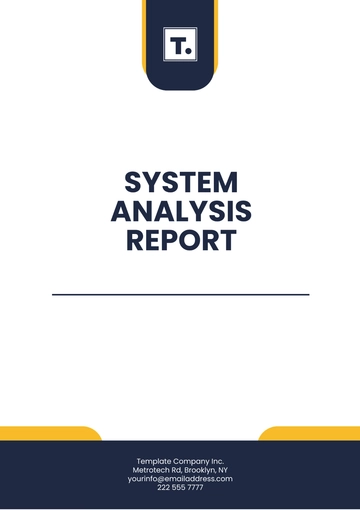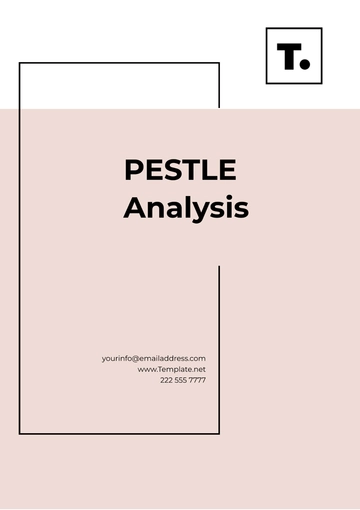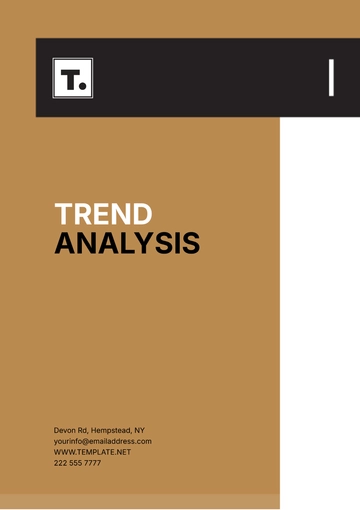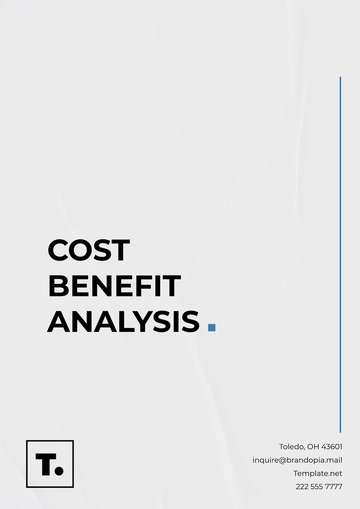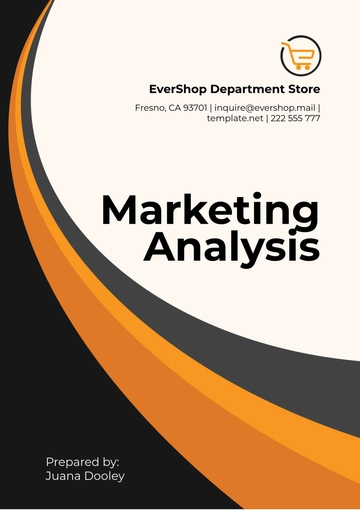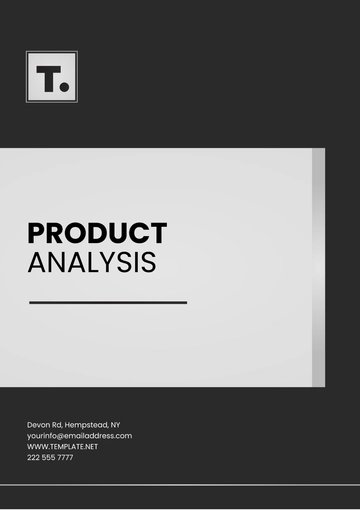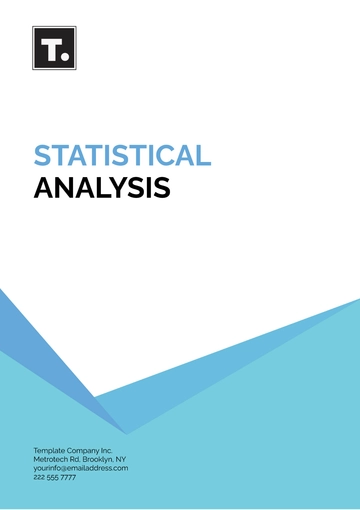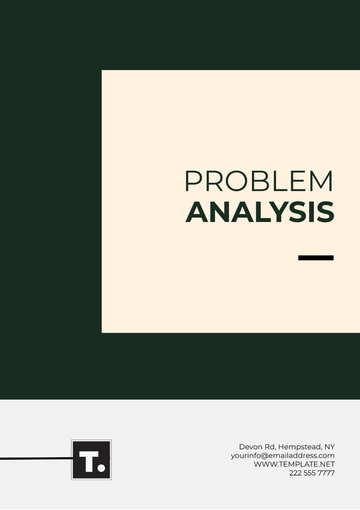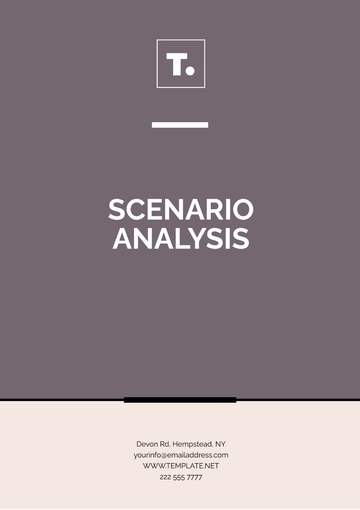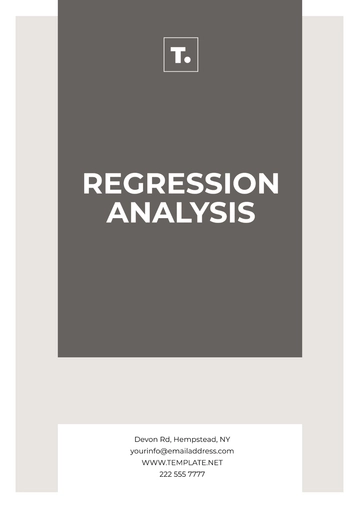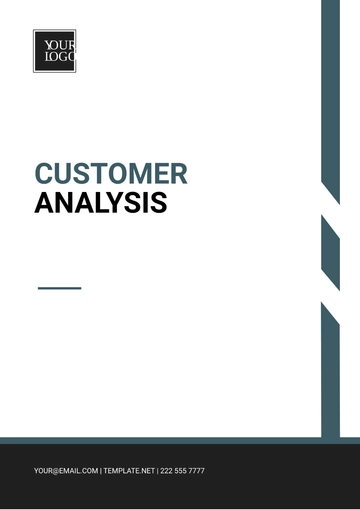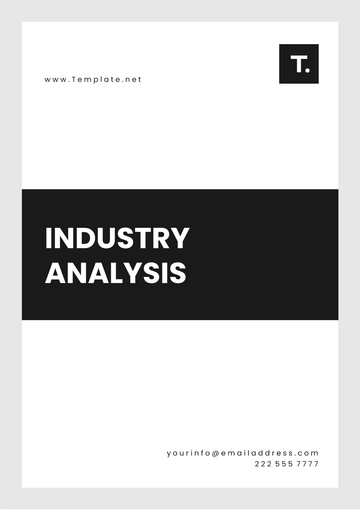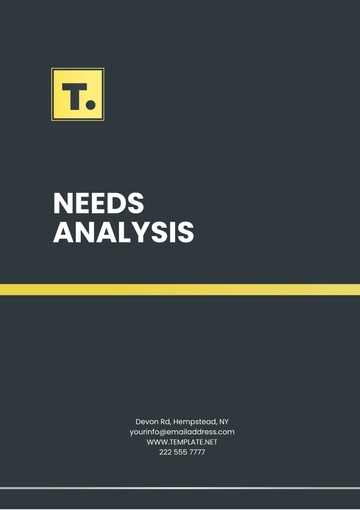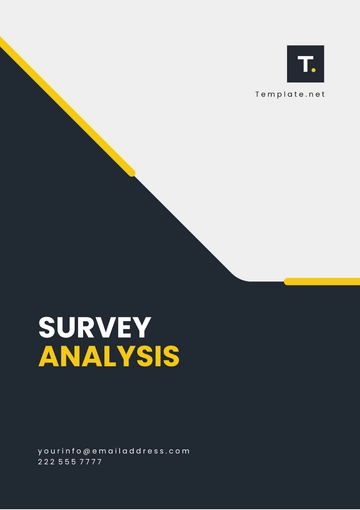Textbook Discourse Analysis
Prepared By: [YOUR NAME]
Date: [DATE]
I. Introduction
The purpose of this analysis is to examine the discourse within a selected textbook to understand its language use, structure, and content. Through this analysis, we aim to identify the effectiveness of the textbook in conveying knowledge and facilitating learning. The scope of this study includes a comprehensive evaluation of the textbook's linguistic properties and pedagogical value.
II. Methodology
A. Analytical Approach
The qualitative approach involves a detailed textual examination to identify patterns and themes in language use and structure. The quantitative approach uses statistical tools to measure the frequency and distribution of specific linguistic features.
B. Criteria Used
1. Language Complexity
2. Structural Organization
Chapters: Assesses how chapters are organized, including their logical arrangement, coherence, and alignment with educational objectives.
3. Content Relevance and Accuracy
4. Pedagogical Features
Exercises: Evaluate the quality and variety of exercises included, examining their effectiveness in reinforcing learning objectives, promoting critical thinking, and providing practice opportunities.
III. Text Analysis
A. Language Use
An examination of the vocabulary and syntax used throughout the textbook reveals the following:
Feature | Observation |
|---|
Vocabulary | The individual has a moderately advanced expertise and a competent understanding of technical concepts and terminology. |
Syntax | Most sentences in the text are complex and contain multiple linked clauses, conveying detailed and nuanced information that requires careful reading. |
B. Structural Organization
The structural analysis focuses on the organization within chapters and sections:
Element | Observation |
|---|
Chapters | Divided into separate sections, each focusing on distinct and specific learning objectives. |
Sections | The logical flow is improved and clarity is enhanced by including sub-sections. |
C. Content
D. Pedagogical Features
IV. Findings
Key Observations and Insights
V. Discussion
The analysis highlights that the textbook is a valuable educational tool with well-organized and accurate content. The use of complex language aligns with the intended advanced-level audience, though it may be challenging for some students. The strong structural organization supports efficient learning. Pedagogical features are effective, but introducing more diverse exercises and contextually varied examples could cater to different learning styles and improve engagement.
VI. Conclusion
In summary, the textbook demonstrates effective discourse through its thoughtful use of language, structured content, and relevant pedagogical features. Recommendations for future improvements include incorporating a broader range of exercises and examples to enhance student engagement and accommodate diverse learning preferences. Continued periodic reviews will ensure that the textbook remains current and effective in meeting educational standards.
Analysis Templates @ Template.net
